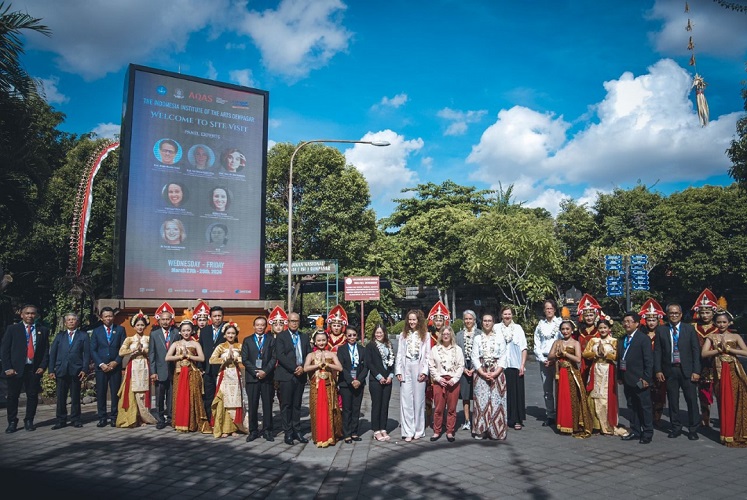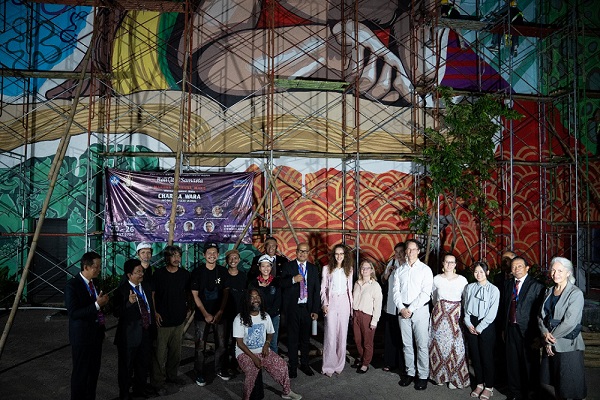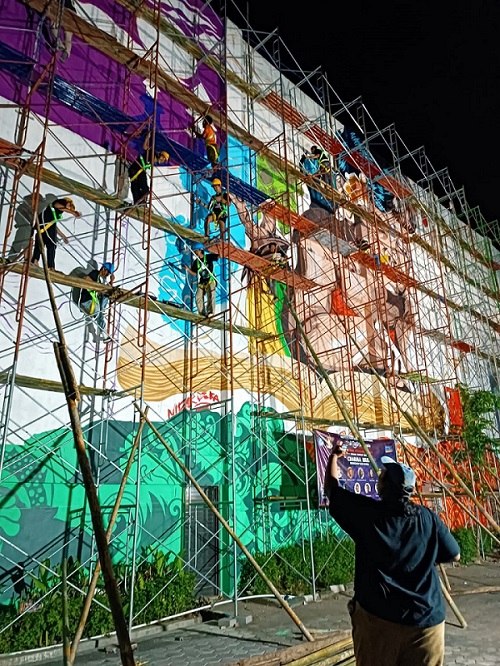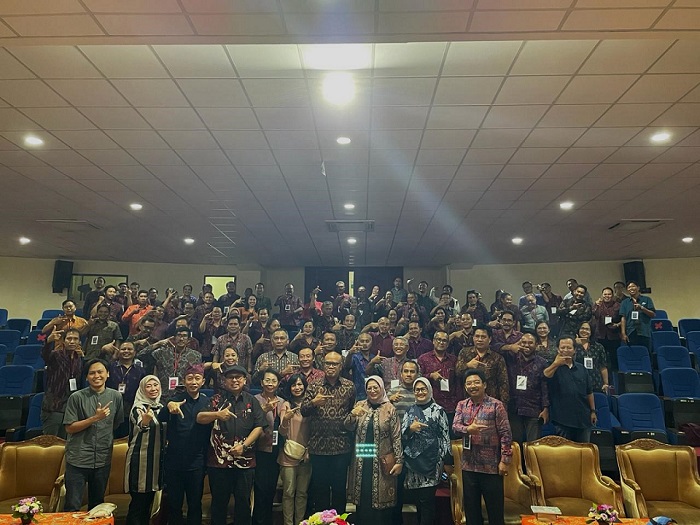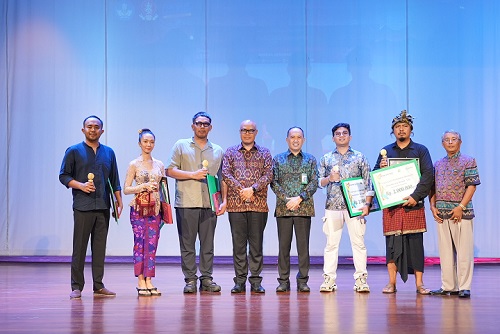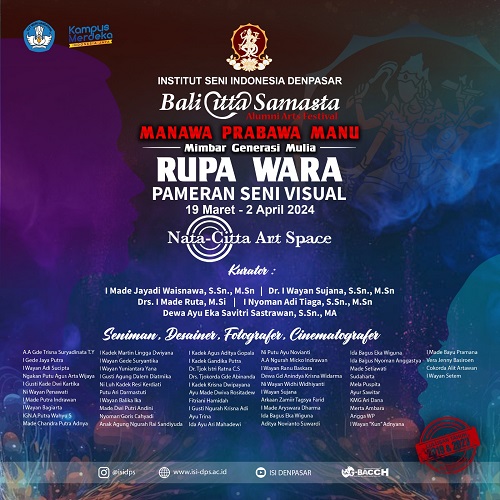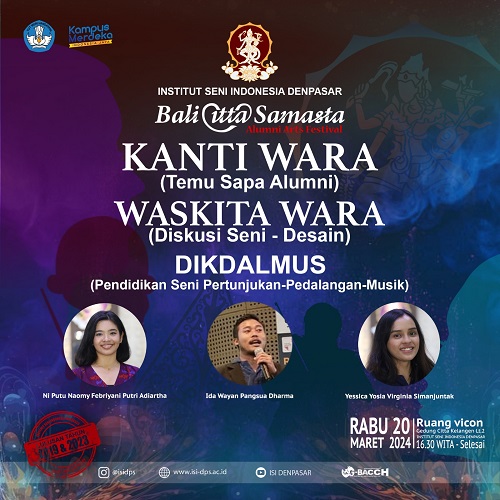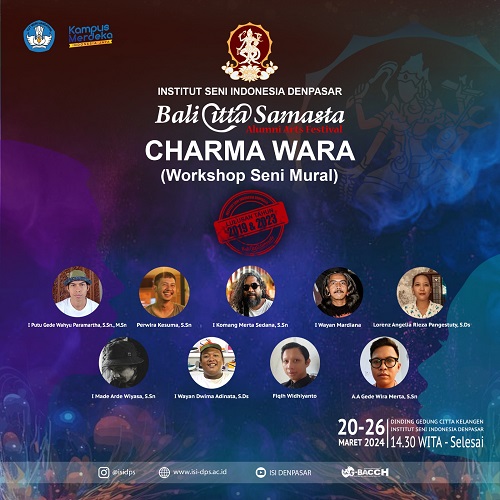By Antonia Indrawati, translated by I Nyoman Suteja
Within intra-ethnic group in Indonesia the function of traditional dances is still well preserved, eventhough dance art creations are developing and becoming more and more in their quantity from time to time. Its educative, religious, recreative, and economic functions seem to be interrelated in variative configuration (Sedyawati, 1995/1996:22). This fact shows that traditional dances still function properly within the supporting community.
The performance of traditional dances is mostly used as a medium for the teaching and/or introducing the cultural values of the local community to the target audience, while giving entertainment in celebrating special events. Therefore, this kind of dances is not merely used for showing the artistic expression of the supporting artists but also as a reflection of the community as a whole.
Talking about the performance of traditional dances, specifically those of Adonara in East Nusa Tenggara, one prominent dance of this category is Tenarere dance. Tenarere is one of the various traditional dances found in the areas of East Nusa Tenggara beside those of Hedung dance, Roja dance, Moras dance, Semogo dance, Liang Namang dance, Namang Ula dance, Namang Neron dance, Nogo Oe dance, Soka Palang dance, Lili dance, Sole Oha dance, and Hegong dance, Commonly those dances have something to do with similar function, that is as an expression of thankfulness to the Almighty and their Great Anchestors for their blessing so that the community can achieve a successful harvest, a successful building of new rumah adat, and/ or others.
In general, almost all of the above mentioned traditional dances have a similar function for moral teaching related to those of adat, social life, history and recreation. However, there are some dances only function to reflect the daily life of the community, such as Buhu Lelu dance (expressing the art of the process of separating cotton from its seeds toi be ready for tenun ikat weaving)., Pute Ture dance (expressing the art of the process of weaving local tenun ikat by women group)., Neket Tane dance (expressing the art of producing local tenun ikat, starting from the process of growing cotton up to that of tenun ikat weaving)., and Tenun dance (expressing the art of making ‘ikat’).
Spesificaly speaking, the Tenarere cultural art tradition is considered to be a ritual dance which is rich in philosophical values. This dance has all the need as what Koentjaraningrat (1997: 171) says that art as one component of culture appears because of human need to fulfill their instinct need for aesthetic value. Above all, Tenarere dance is also presented to fulfill the feeling of religiosity of participating group members.
At a glimpse, this dance seems to be monotonous since from beginning up to the end it only performs repetition of the similar movements. This kind of presentation makes us difficult to understand the synopsis of the dance. To understand it, we should listen to its accompanying song. It is this song that tells us the underlying story of the dance as a whole. However, in order to have a complete understanding on the cultural art tradition related to its role for strengthening brotherhood unity of thnic group of Adonara, it is necessary that one make a holistic interpretation on all its aspects.


